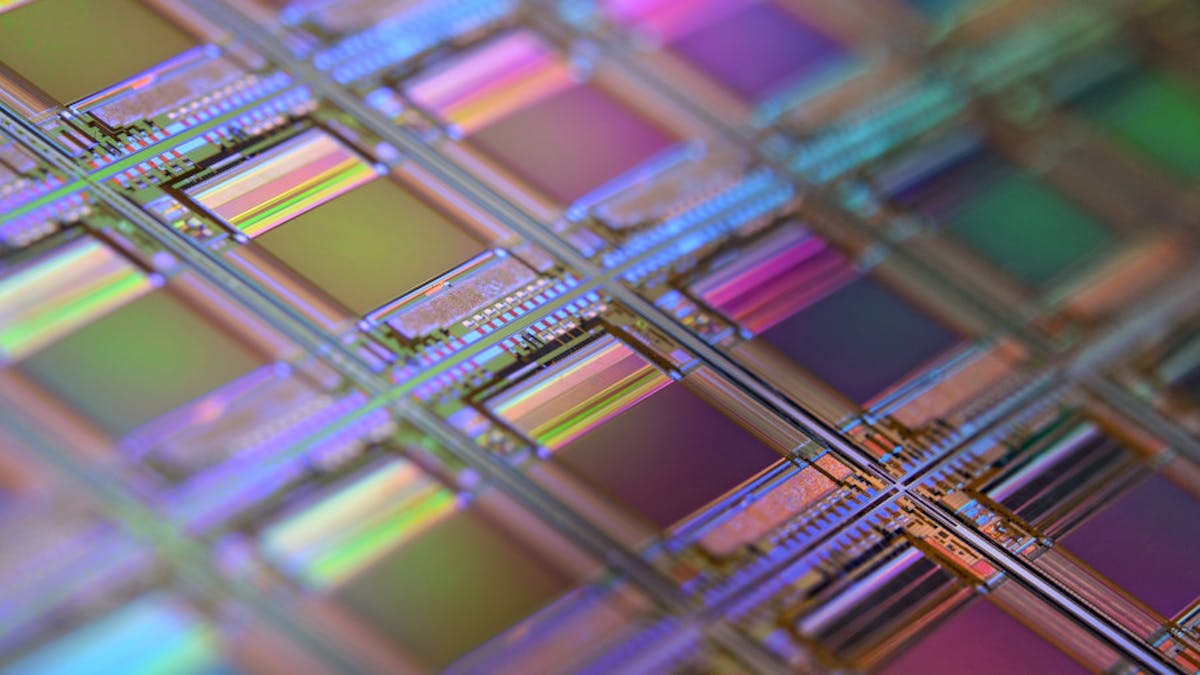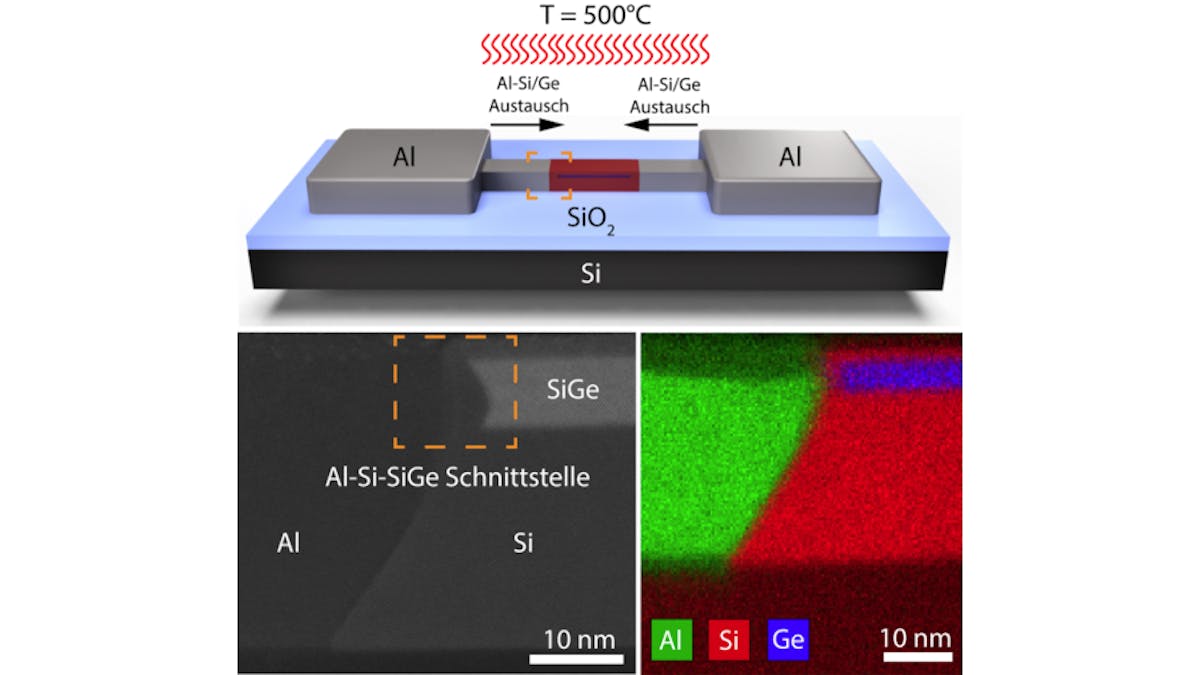Silicon-Germanium Bonding Breakthrough Could Lead to More Powerful, Higher-Efficiency Chips
Solving a major problem with high-germanium-content semiconductors, this work could boost future electronics considerably.

Researchers from Technische Universität Wien (TU Wein), Johannes Kepler University, University Grenoble Alpes, and the Swiss Federal Laboratories for Materials Science and Technology have come up with a way to build high-concentration germanium chips — which could, they say, lead to faster and more efficient electronics.
"Every semiconductor layer is automatically contaminated in conventional processes; this simply cannot be prevented at the atomic level," explains TU Wein's Masiar Sistani, co-author of the paper detailing the work. "First and foremost, it is oxygen atoms that accumulate very quickly on the surface of the materials — an oxide layer is formed."

For chips primarily built from silicon, that's not a problem — silicon forms a reliable and well-understood oxide layer. Germanium, however, is less predictable — "there is a whole range of different oxides that can form," Sistani explains, "[and] that means that different nanoelectronic devices can have very different surface compositions and therefore different electronic properties" — which makes it difficult to use in high concentrations when building chips.
That, in turn, holds back performance: higher concentrations of germanium in chips mean higher possible clock speeds and improve power efficiency, leading to longer-lasting battery powered electronics or more powerful computing hardware. It's desirable, in other words, but far from practical. "If you use germanium-rich silicon germanium," explains Walter Weber, professor and head of the Institute for Solid State Electronics at TU Wein, "you can't be sure that the electronic component, after you've put contacts on it, will really have the characteristics you need."

That's where the team's breakthrough comes in: a new method for creating "perfect interfaces" between aluminum contacts and silicon germanium components, at the atomic scale. By layering silicon and silicon-germanium then heating it to around 500°C (932°F), the team can bond the aluminum contacts to the die without difficulty — producing a reliable chip with predictable electrical characteristics.
"Our experiments show that these contact points can be produced in a reliable and easily reproducible way," Weber claims. "The technological systems you need to do this are already being used in the chip industry today. So, this is not just a laboratory experiment, but a process that could be used relatively quickly in the chip industry."
The paper detailing the team's breakthrough has been published in the journal Small under open-access terms.
Freelance journalist, technical author, hacker, tinkerer, erstwhile sysadmin. For hire: freelance@halfacree.co.uk.

